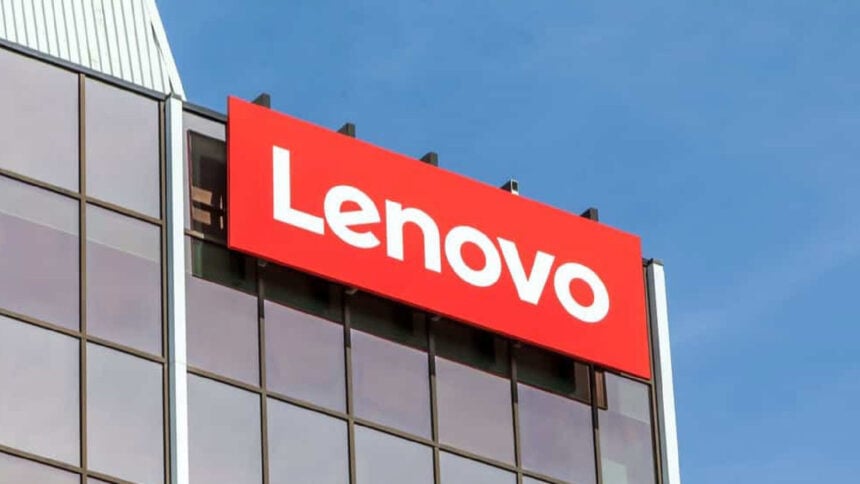Lenovo has announced GPU Advanced Services, a modular programme to help enterprises plan, deploy and operate GPU infrastructure more effectively. The company claims up to 30% workload performance gains from expert tuning and right-sizing, based on its internal tests. The pitch is simple: get from pilot to production faster, stop wasting expensive GPUs, and avoid lock-in while you scale.
And yes, it’s very much a services-first play. Lenovo pairs its Hybrid AI Advantage stack and Hybrid AI 285 platform with certified experts who handle design, implementation and ongoing ops across on-prem and hybrid environments.
What Lenovo is actually offering
Three pick-and-mix services you can buy separately or bundle.
- GPU Plan & Design Services
- Workload assessment and sizing
- Tech selection and architecture planning
- Foundation for first deployments
- GPU Implementation Services
- Architecture documentation
- Stack configuration and deployment guidance
- Knowledge transfer to your team
- GPU Managed Services
- Ongoing optimisation, patching and compliance
- Update and recovery support
- Hybrid and on-prem coverage
Why it matters: most IT teams don’t have idle time—or niche GPU skills—to design clusters, tune kernels, and babysit drivers. Lenovo is selling time-to-value and fewer unknowns.
The Plan & Design tier targets organisations still mapping use cases and budgets. Implementation covers the risky handover from “this looks good on a whiteboard” to “it boots, it scales, it stays up”. Managed Services then keeps the lights on with updates, telemetry and tuning—critical when AI stacks change every other week and a bad driver can nuke utilisation.
Performance claims (and the fine print)
“Up to 30%” speed-ups come from deployment optimisation and tuning by Lenovo experts; these are Lenovo’s internal evaluations, not third-party benchmarks.
- Gains depend on workload and stack
- Focus on tuning, utilisation and right-sizing
- Goal: cut under-used GPUs and infra sprawl
The biggest wins usually come from the boring bits: right container images, CUDA/cuDNN match, NCCL topology awareness, storage throughput, scheduler config, and avoiding chatty east-west traffic. None of that is shiny, but it’s where you claw back minutes—or hours—on training and inference jobs. Lenovo’s claim lives there. Treat 30% as a best-case, workload-specific number.
How it fits into Lenovo’s Hybrid AI strategy
Services align with Lenovo Hybrid AI Advantage and the Hybrid AI 285 platform, scaling from single nodes to multi-node clusters with a customisable software stack.
- Designed for generative AI, real-time video, and content creation
- Built on ThinkSystem and High-Performance Compute platforms
- Avoids lock-in to a single proprietary stack
You can start small—a single GPU node to validate a use case—then scale out once costs and KPIs make sense. That’s useful in the UAE, where teams often pilot locally before rolling out regionally. Lenovo’s framing is “bring your models, your data, your compliance rules; we’ll harden the stack and keep it humming.”
For context around Lenovo’s recent regional moves, see our piece on Lenovo opening a Riyadh HQ for Middle East growth (useful if you operate across KSA/UAE).
Who this helps right now
Teams that need AI in production but can’t spare a GPU SWAT unit.
- Healthcare: speed up AI-assisted diagnostics with tuned inference pipelines
- Automotive: managed edge models for connected and autonomous features
- Media & entertainment: real-time rendering and accelerated content workflows
- Service providers: faster rollout across customer environments; Lenovo cites a >40% cut in deployment time for Cirrascale Cloud Services
The common theme is from pilot to production with less risk. If your team is stuck between POCs and SLOs, Managed Services gives you a safety net for upgrades, rollback, and compliance checks. That’s handy when audits or data-residency rules enter the chat.
For more background on GPUs and current cards, our coverage of RTX 5080 Noctua Edition and other GPU stories may help benchmark expectations.
UAE angle: what local teams should note
Lenovo hasn’t shared UAE-specific pricing or SLAs yet. But the Dubai timing makes sense as GITEX season kicks in and AI budgets unlock for Q4.
- Expect demand from government, banking, and healthcare in the UAE
- Hybrid/on-prem support aligns with regional data-residency needs
- Start with AI Fast Start to validate use cases before scaling
If you’re planning AI rollouts tied to 2025 budgets, this is a clean way to avoid a six-month hiring scramble for GPU specialists. Validate use cases with AI Fast Start, then move to Plan & Design and only add Managed Services once workloads hit production.
What are Lenovo GPU Advanced Services?
A set of enterprise services—Plan & Design, Implementation, and Managed—covering assessment, deployment and day-2 operations for GPU infrastructure.
Is the “up to 30%” speed-up guaranteed?
No. It’s a Lenovo internal figure and depends on your workloads, stack and baseline. Treat it as potential headroom from tuning and proper sizing.
Do I need Lenovo hardware?
Services are positioned to run on Lenovo’s GPU-rich ThinkSystem and HPC platforms and align with Hybrid AI solutions. The message is “no forced proprietary stack”, but speak to Lenovo about your exact mix.























